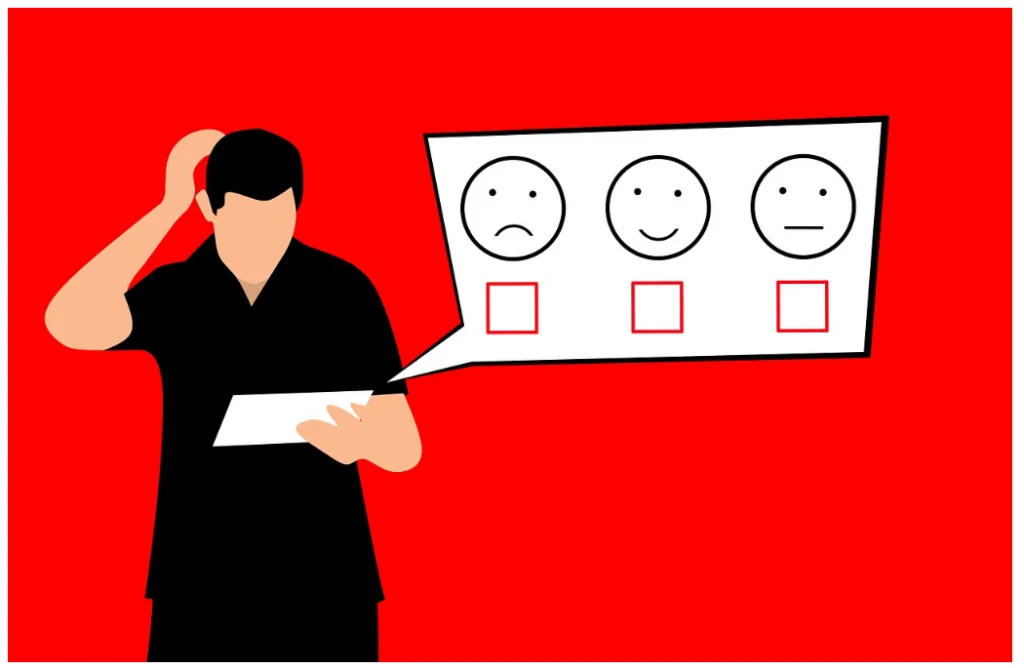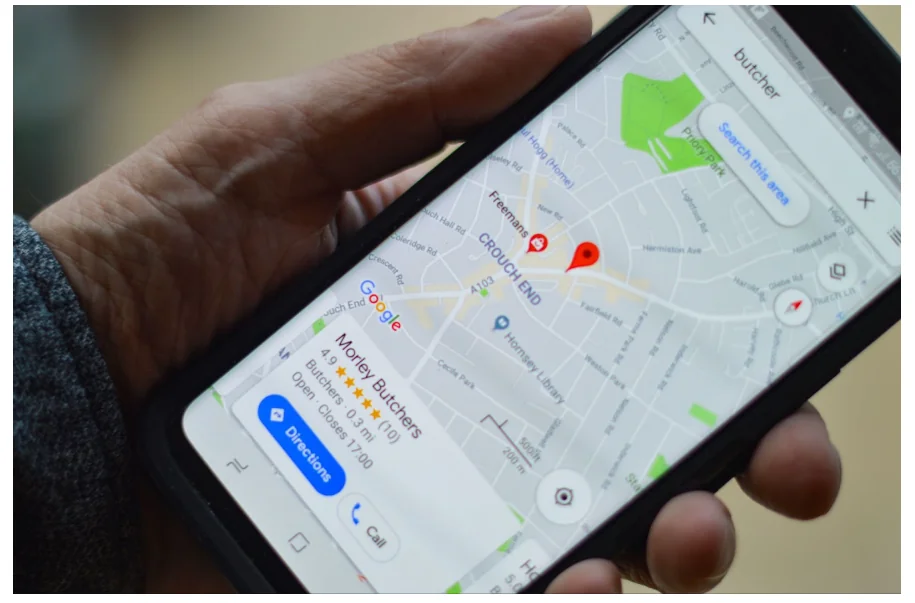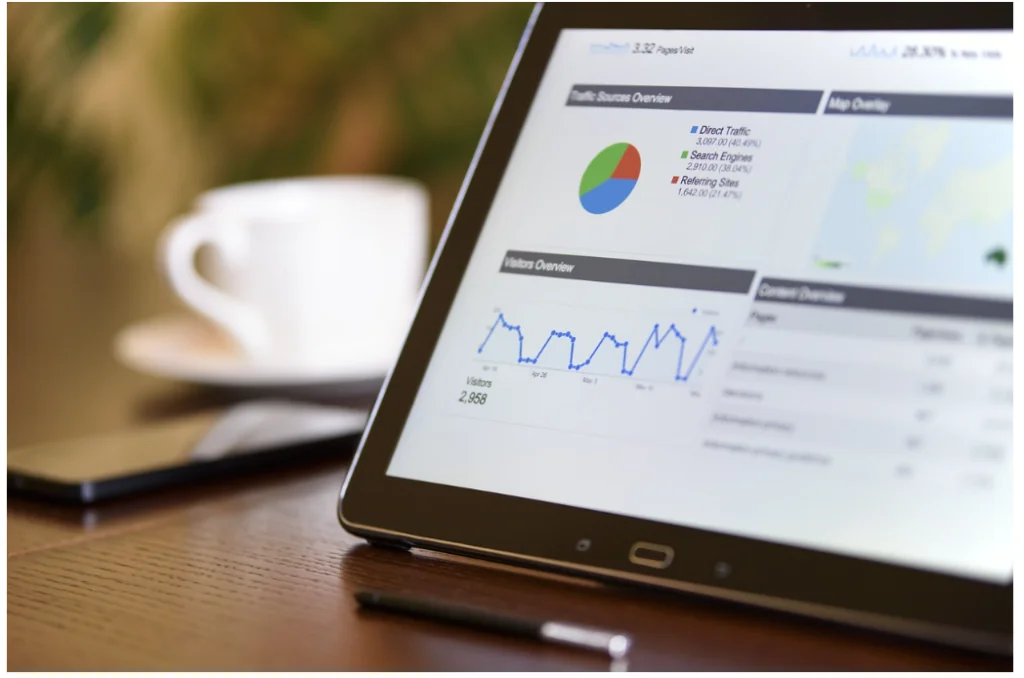8 Essential Hacks to Increase SaaS B2B Sales
As we journey through this digital age, the growth of B2B Software as a Service (SaaS) keeps shaking up business models worldwide. B2B SaaS is a model where businesses provide software solutions to other enterprises via the cloud, typically on a subscription basis. This approach allows unprecedented levels of scalability and adaptability, making it an attractive choice for modern organizations. However, as this field grows, so does the competition, making the need for effective B2B SaaS sales strategies more important than ever.
In this article, we will explore various proven strategies that can significantly enhance your B2B SaaS sales performance, turning prospects into dedicated clients. We will consider a range of tactics, from the power of personalization and the role of content marketing to the advantages of a robust CRM system and the impact of strategic pricing.
8 Essential Hacks to Increase SaaS B2B Sales
Each of the following tactics has the potential to shape your sales landscape profoundly. As we explore these strategies, we aim to provide you with a deeper understanding of optimizing your sales approach and propel your business toward sustainable growth.
1.Prioritize the Customer Experience
A steadfast dedication to the customer is the cornerstone of a thriving B2B SaaS enterprise. In today’s competitive landscape, where choices abound, prioritizing customer needs is more than a simple courtesy—it’s an indispensable strategy. To drive sales, a focus on the customer and personalization that involves a comprehensive understanding of their challenges, requirements, and journey is needed.

Consider the issues your customers are looking to resolve. What are their objectives? What difficulties do they encounter in their daily tasks? Addressing these questions can shape your product and messaging to correspond closely with your customer’s expectations.
For example, if you’re selling UCaaS (Unified Communication as a Service) products, your potential customers may need resources on how to use your products. This virtual phone system guide from Vonage is a prime example of content created to provide solutions to potential customers and guide them along the sales pipeline.
Grasping the customer journey enables you to pinpoint critical interactions where you can engage and make a difference. Remember, each point of contact is a chance to add value and forge robust relationships, ultimately leading to increased sales.
Another example is the call centers. Customers will be directed to the company’s call center sales/ support team for prompt handling if they have any service concerns or if they run into any problems with the new product they bought. Considering call center scheduling software can be a game-changer for modern businesses in this regard. This software serves as the link between improved customer experience and enhanced employee satisfaction, and eventually, greater profitability. How? It reduces customers’ wait times by optimizing employee schedules and removing scheduling conflicts. In some cases, it might even be possible to schedule workers according to their qualifications or skill level too. By doing so, managers can ensure that their business runs smoothly throughout busy periods as well, which is very important from customers’ point of view. The seamless coordination it brings to workforce management underlines its significance in today’s fast-paced business environment.
2.Get the Right Communication Tools for the B2B Market
Grasping the unique communication needs of the B2B SaaS market is one of the first steps to increasing sales in this sector. This market is characterized by high customer acquisition costs, long sales cycles, and the considerable importance of customer lifetime value. You’ll need a streamlined, efficient communications solution for outreach and follow-up with potential leads.
A PIM solution, or Product Information Management solution, can play a crucial role in B2B SaaS sales by ensuring consistency and accuracy in product information across all communication channels. A PIM solution is a software tool that helps businesses centralize, manage, and optimize their product data for consistent and efficient communication across various channels.
Furthermore, choosing the right types of phone services is essential. For smaller businesses, a Key Service Utility (KSU) might suffice, providing fundamental call-handling features with minimal complexity. Larger organizations, on the other hand, might need a more comprehensive solution, such as a Private Branch Exchange (PBX) system, which offers greater scalability and flexibility.
For companies that favor modern solutions, Voice over Internet Protocol, VoIP phone number provider is fast becoming a go-to option. VoIP transmits calls over the internet, integrating smoothly with other business applications and providing cost efficiency.
3.The Vital Role of Lead Generation
At the heart of any thriving B2B SaaS sales strategy lies an efficient lead generation process. Lead generation doesn’t follow a uniform blueprint; it can entail a blend of diverse tactics such as content marketing, search engine optimization (SEO), and pay-per-click (PPC) advertising. These strategies play distinct roles in the sales funnel and can be optimized to increase conversions.
An integral part of effective lead generation is having a robust online presence. This not only includes developing high-quality, SEO-friendly content but also maintaining an impactful website.
The choice of your website’s domain name plays a crucial role in this context. For example, businesses targeting customers in the Indian Ocean region could register IO domain. This not only adds a local touch to your online presence but also helps in improving search visibility and credibility in the target region. It’s also become a popular domain amongst tech companies and can help with name recognition.
Remember, your lead generation strategies should aim to attract potential customers and provide value, build trust, and position your SaaS product as the ideal solution to their needs. You can significantly increase your B2B SaaS sales by consistently optimizing your lead generation strategies.
4.Value Proposition and Demonstrations
In the competitive arena of B2B SaaS, carving out a compelling value proposition is a linchpin for success. It’s about showcasing your software’s unique merits and features in a manner that strikes a chord with potential clients.
An essential facet of your value proposition is the promise of product quality and dependability. This is where the concept of software testing becomes integral. An efficient software testing process can significantly elevate your product’s performance, security, and overall quality. For businesses with resource constraints, software QA outsourcing can be a strategic choice. This practice ensures the rigorous testing of your product by experts in the field, thus ensuring your software’s integrity.
Meanwhile, demonstrations serve as the visual embodiment of your value proposition. They offer customers an immediate view of how your software tackles their issues and injects value into their operations. An adeptly executed demo can tip the balance in favor of a client choosing your product over the competition. Your demonstrations should go beyond product showcasing; they must narrate an engaging story of how your software can revolutionize the customer’s business.
5.Harness the Power of Customer Testimonials and Reviews
A satisfied customer is the most potent marketing and sales asset a business can leverage. Testimonials, case studies, and positive reviews can significantly sway potential customers and build trust in your product. Achieving this customer satisfaction often hinges on delivering outstanding customer service.

You can collect customer feedback through surveys, follow-up phone calls, emails, and even by offering a reward for testimonials. By harmonizing top-tier customer service with compelling customer success stories and positive reviews, you amplify your credibility and convince more potential customers that your solution is what they need.
6.Optimize Upselling and Cross-Selling Opportunities
In the SaaS realm, your current customers are treasure troves of opportunity. We’re not implying you start a treasure-hunting venture; we’re referring to upselling and cross-selling.
Upselling motivates customers to consider a pricier plan, whereas cross-selling proposes additional products that augment their current purchase. Both tactics aim to amplify the value extracted from each customer and are important stages in the sales pipeline.
Effective execution of these strategies requires thoroughly understanding of your customer’s needs and usage patterns. Providing relevant and opportune suggestions makes these strategies seem less like aggressive sales techniques and more like beneficial recommendations.
7.Use Data to Drive Sales
Data is the lifeblood of informed sales decisions. It’s no longer a luxury but a necessity for businesses looking to thrive in the competitive SaaS market. Data can provide deep insights into customer behavior and preferences, shaping the direction of your sales strategies.
Modern businesses can leverage a variety of analytical tools, such as Google Analytics, Mixpanel, or Tableau, to understand customer behavior and fine-tune their marketing and sales efforts. These tools help capture, analyze, and present data in a way that’s actionable and accessible.

It’s also here that automation plays a significant role. This Make business automation guide shows the potential of automation to significantly reduce the time spent on data collection and analysis, improve accuracy, and allow your team to focus more on strategic decision-making. Automation can range from simple tasks, like setting up automatic reports, to more complex ones, like using AI-driven predictive analytics for future sales trends.
But remember, data is only as valuable as the insights you derive from it. Consistently review your findings, adjust your strategies as needed, and maintain an agile approach to your sales strategy. As your data evolves, so should your approach to using it.
8.Welcome Automation in Sales
The harmony between automation and sales is the epitome of streamlined efficiency. A prime example of such advancement is the implementation of tools like simultaneous ringing. This ingenious software redirects incoming calls to any unoccupied phone line within a company, reducing the risk of overlooked opportunities and enhancing prompt response.
Sales acceleration and automation tools are intended not to substitute the human touch in sales, but to elevate it, enabling your sales team to prioritize their expertise: nurturing relationships and closing deals.
Alongside managing call flow, sales automation tools can execute a myriad of tasks, from cataloging customer data and monitoring emails to arranging follow-ups. They phase out monotonous tasks, minimize human error potential, and amplify the sales process.
Implementing effective sales commission best practices is another essential aspect of optimizing your sales process. By aligning incentives with desired outcomes and providing a fair and transparent commission structure, you can motivate your sales team to perform at their best and drive results.
Platforms like Hubspot, Pipedrive, or Zoho CRM can furnish these automation features. By embracing automation, you not only escalate efficiency but also promise a seamless and bespoke experience for your clients. As the adage goes, time equates to money, and automation saves an abundance of both.
Create a Robust and Efficient B2B Sales Strategy
In summary, the B2B SaaS sales landscape is unique, presenting its own set of challenges and opportunities. As we’ve discussed, several key strategies can help you succeed in this environment. By understanding the market’s characteristics, adopting a customer-centric approach, and leveraging effective lead-generation tactics, you’re already a step ahead.
Coupling these with a compelling value proposition, demonstrated effectively through demos, and leveraging customer success stories can provide a significant competitive edge. Taking advantage of upselling and cross-selling opportunities, harnessing the power of data for informed decision-making, and embracing automation are additional key elements that can supercharge your sales process.
Each of these “hacks” contributes to a robust and efficient sales strategy designed to enhance your B2B SaaS sales. In the dynamic realm of SaaS, staying attuned to these strategies could be the game-changer for your business needs.
